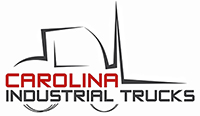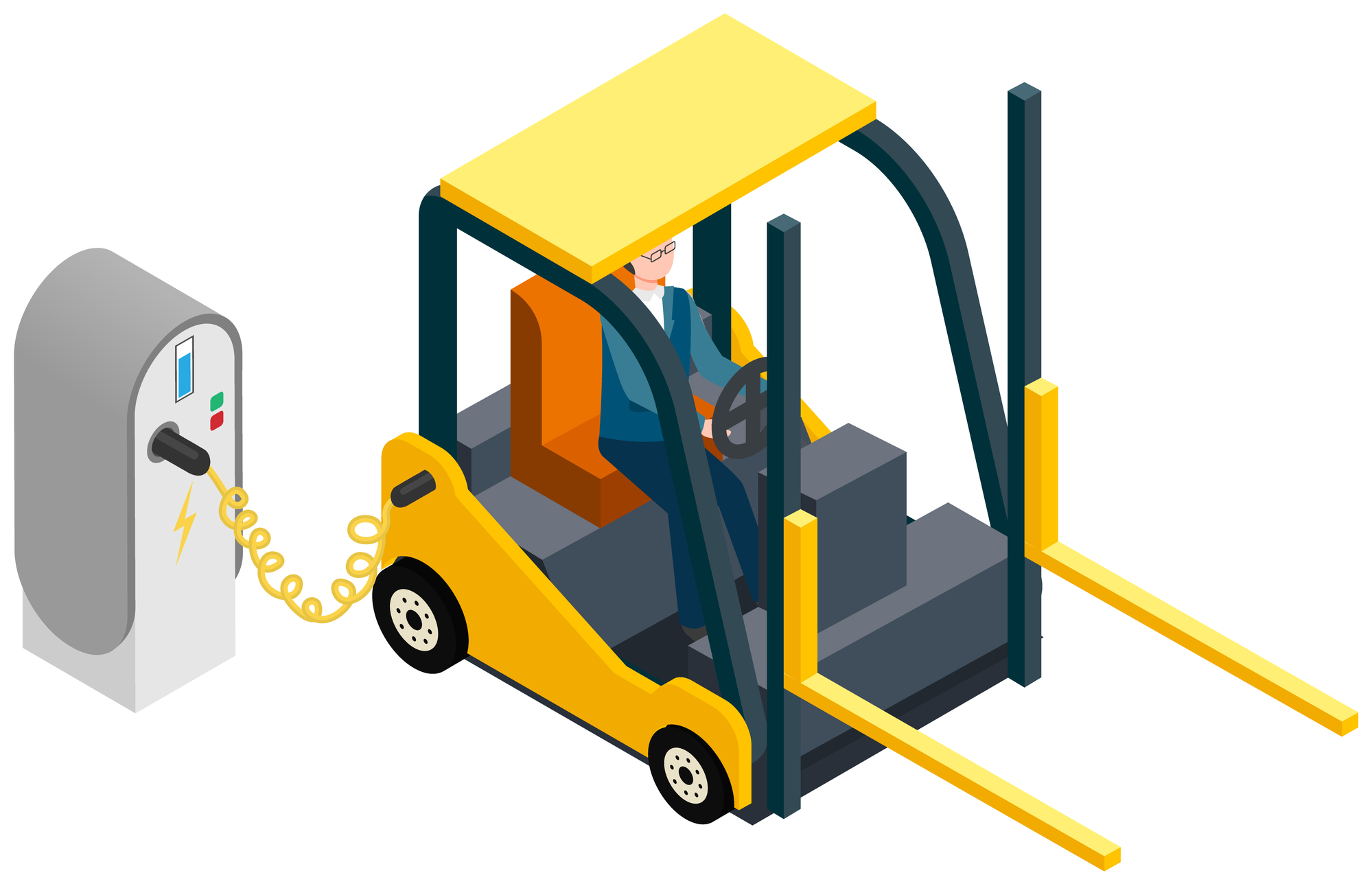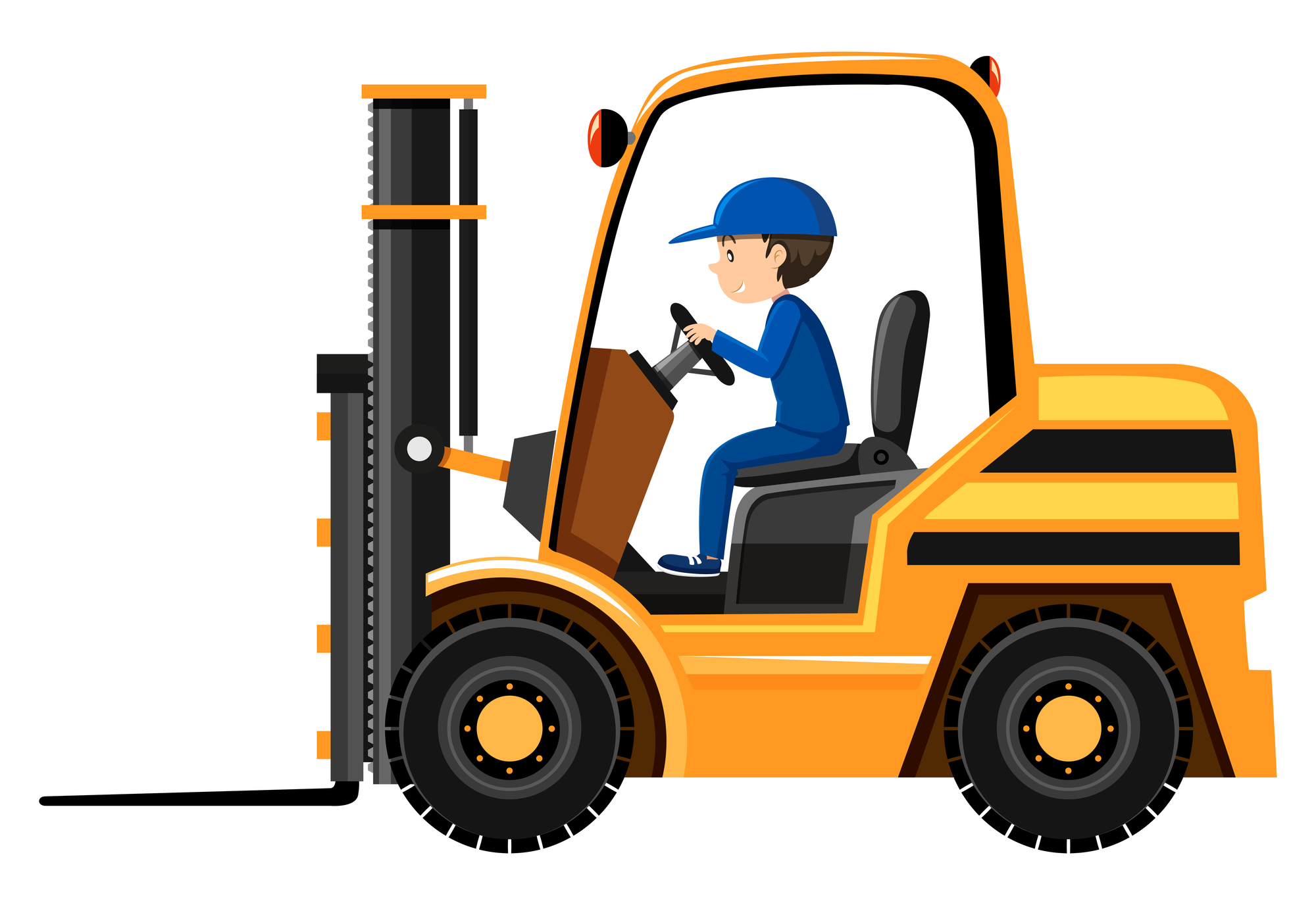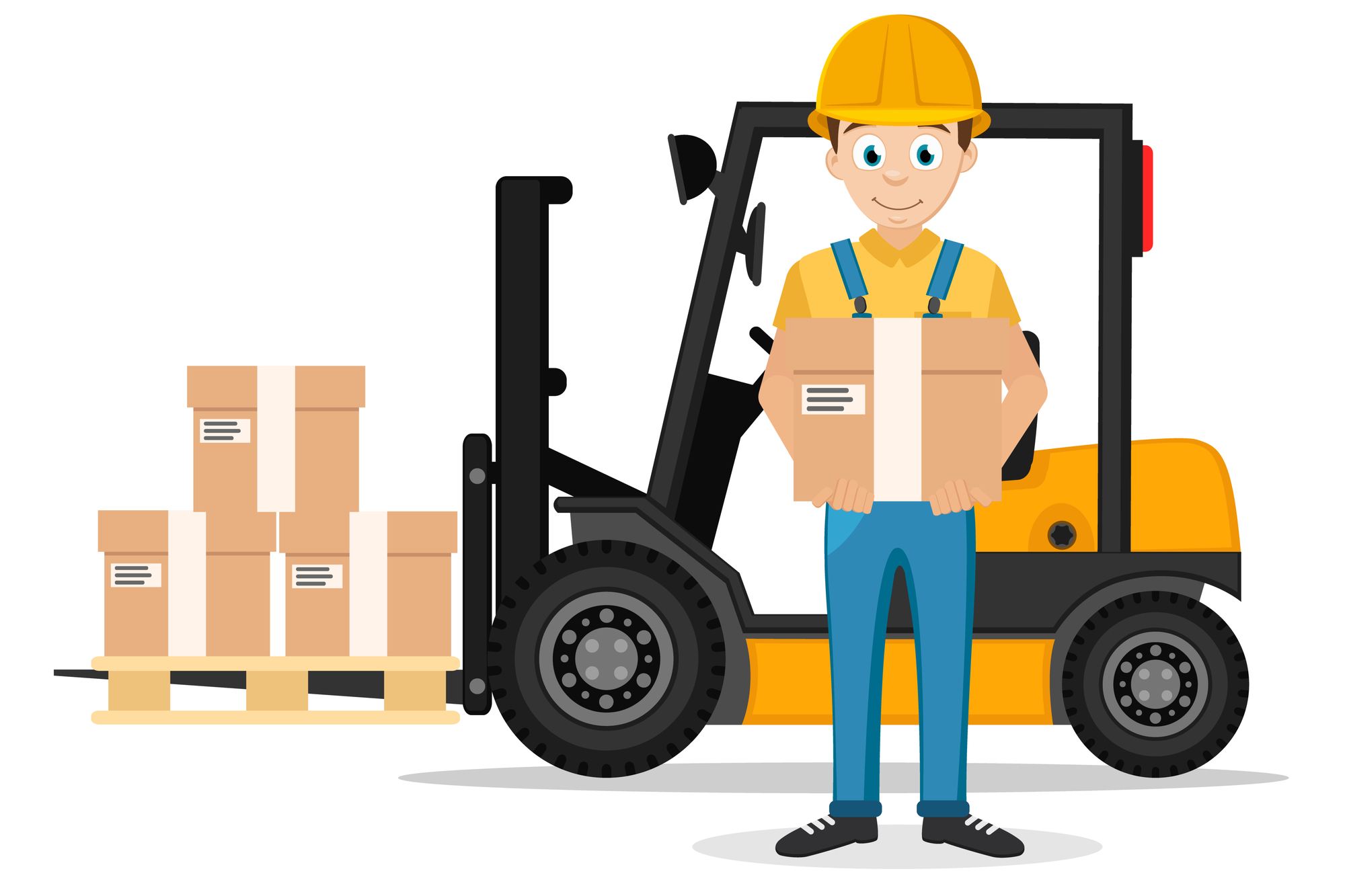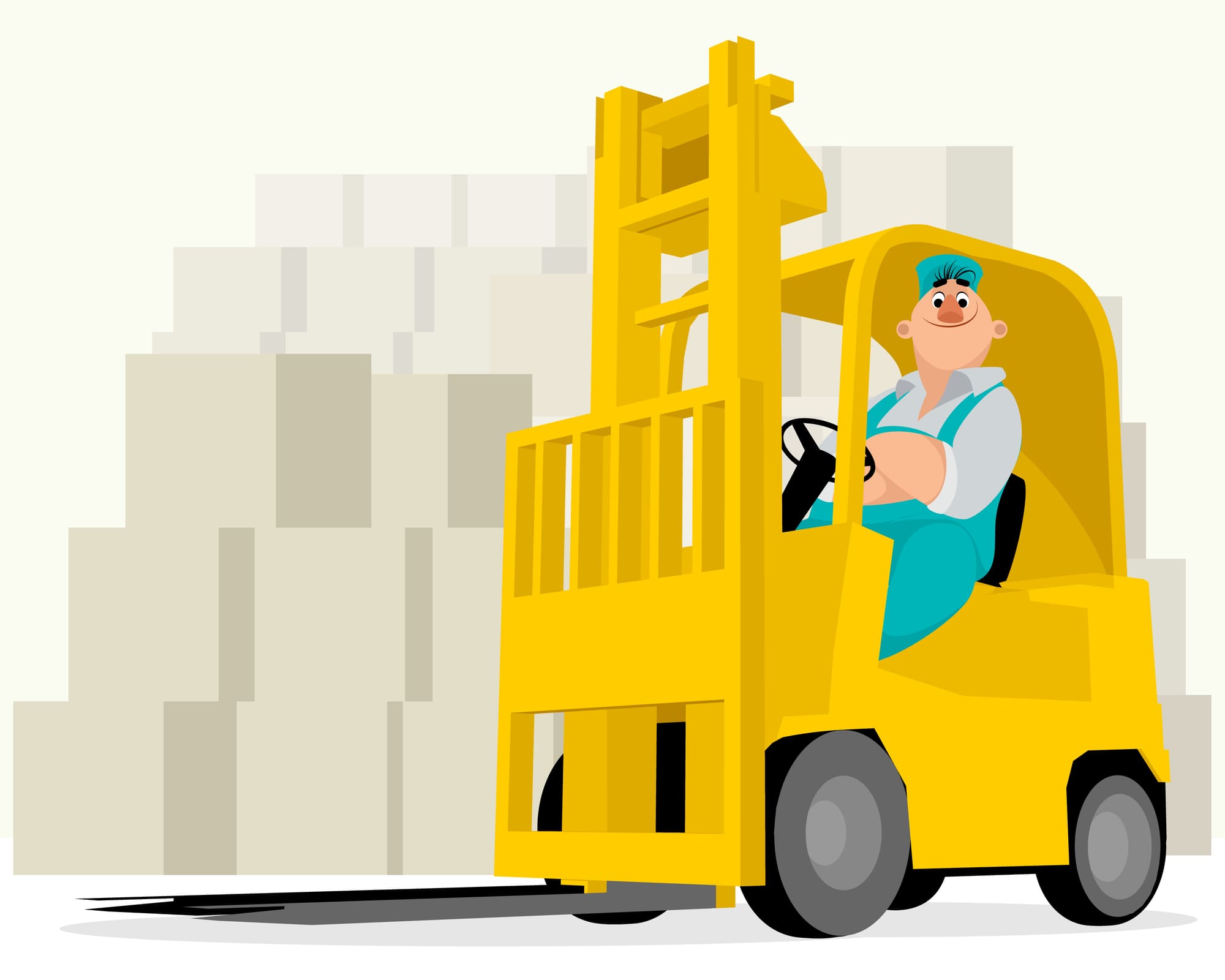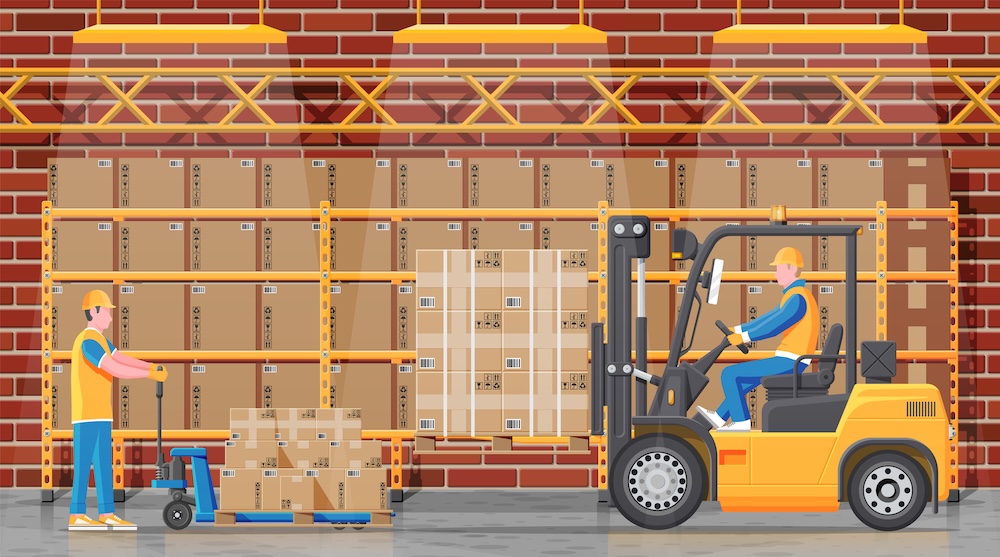What Skills Should Every Forklift Operator Know?
04/29/2025
CITrucks
Operating a forklift takes more than just climbing into the driver’s seat. It requires a combination of technical knowledge, safety awareness, and hands-on skill to move heavy loads in fast-paced environments.
From navigating tight warehouse aisles to communicating with spotters and coworkers, forklift operators face daily challenges that demand focus and precision. A quality forklift training program lays the foundation for success by covering safety protocols, equipment handling, and best practices.
Whether you're new to the job or looking to sharpen your abilities, developing the right skills can lead to safer operations and smoother, more productive shifts.
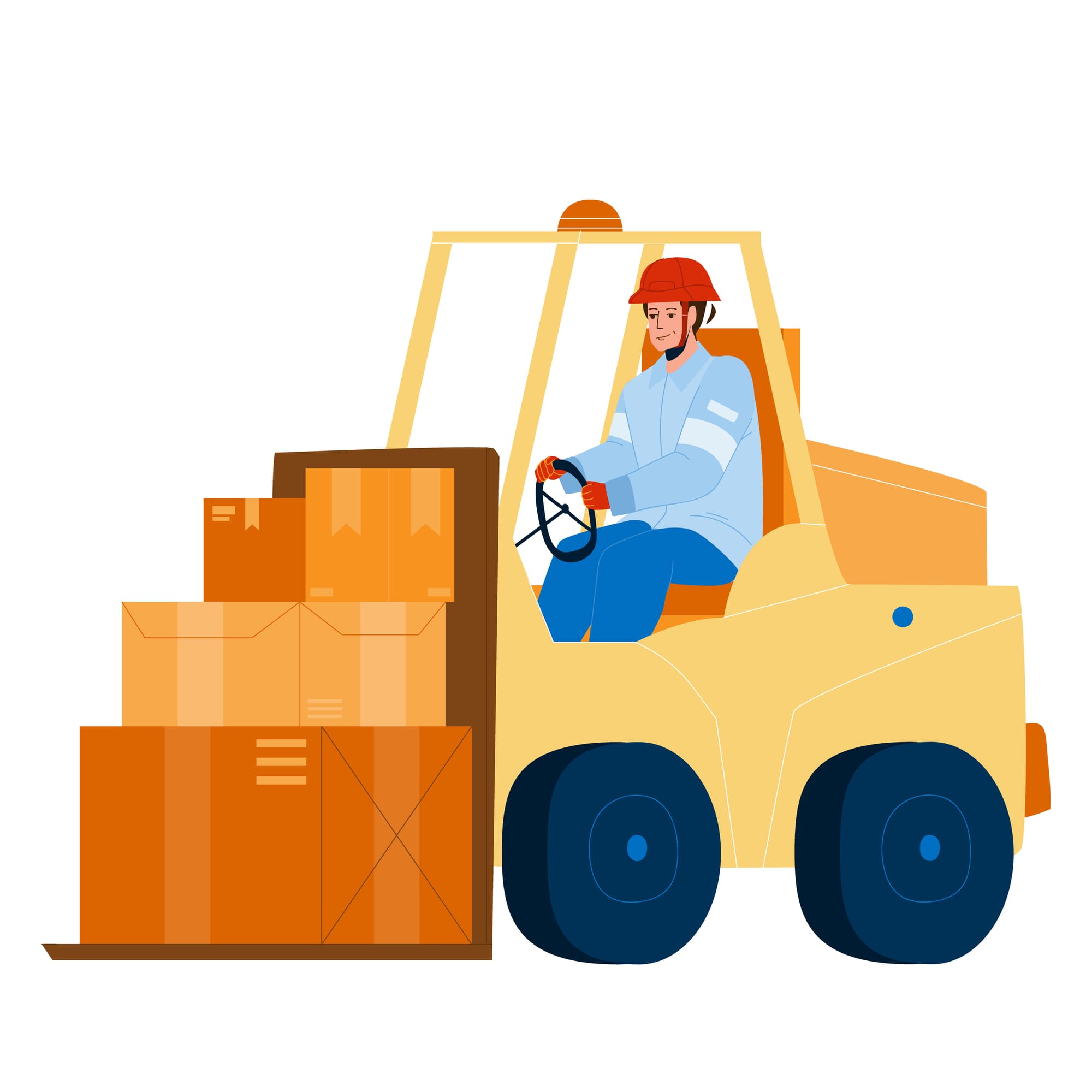
How Important is Spatial Awareness for Forklift Operators?
Spatial awareness is one of the most important skills a forklift operator can develop. In busy warehouse environments where aisles are narrow, corners are tight, and foot traffic is frequent, the ability to accurately judge space, distance, and movement is essential. Operators must constantly assess their surroundings while operating heavy equipment, often in reverse or with obstructed views. A strong sense of spatial awareness helps prevent dangerous collisions with shelves, walls, or other machines and reduces the risk of dropping loads that could lead to product loss or serious injury.
This skill becomes even more important when pedestrians are nearby. Knowing how much space is needed to safely maneuver the forklift around people or obstacles without compromising safety takes focus and confidence. Spatial awareness also plays a role in stacking and unstacking materials at different heights, which requires steady hands and a clear understanding of balance and clearance.
While some forklift operators may naturally have good instincts, experience and proper forklift operator training are what sharpen this ability over time. Practicing safe forklift operating techniques, understanding equipment dimensions, and learning how to anticipate potential hazards all contribute to better judgment. Investing in skill development not only supports safer operations but also boosts productivity and keeps the workplace running smoothly.
What Are the Key Safety Procedures Every Forklift Operator Should Follow?
Every forklift operator plays a vital role in maintaining a safe work environment. One of the first steps to operating a forklift safely is performing daily equipment checks. Before using the forklift, operators should inspect the brakes, forks, tires, lights, and fluid levels. These quick checks can help identify issues early and reduce the chance of breakdowns or accidents during use.
Forklift operators must also follow OSHA safety protocols every time they’re on the job. This includes always wearing a seatbelt, observing warehouse speed limits, using correct load handling techniques, and keeping loads within the rated weight capacity. Staying within these guidelines helps prevent tipping, falling loads, or collisions that can harm people and damage property.
Incorporating technology in forklift maintenance has made it easier to track equipment performance and identify problems before they become serious. Digital systems and sensors now assist in keeping machines in safe operating condition and reduce human error during inspections.
A trained and safety-minded forklift operator protects more than just themselves. They help avoid costly downtime, product loss, and injury claims. By staying alert, following safety procedures, and taking their responsibility seriously, operators contribute to a safer, more productive workplace. Safety isn’t just a checklist. It’s a mindset that benefits everyone on the floor.
Why is Load Handling a Core Forklift Skill?
Load handling is one of the core skills every forklift operator must master. Whether lifting, stacking, tilting, or transporting, each action affects the balance and stability of both the load and the forklift itself. Proper technique helps maintain control, reduce wear on equipment, and keep operations running smoothly.
Understanding load balance and center of gravity is essential. A poorly balanced load or one placed too far forward can cause the forklift to tip or the load to fall. Forklift operators must always position the heaviest part of the load close to the front wheels and keep forks level when moving. Overloading or improper stacking can lead to dropped goods, damaged products, and potentially serious accidents.
Stacking at height requires even more focus. Forks should be inserted fully, and the mast tilted slightly back to stabilize the load. When lowering, smooth and steady movements prevent shaking or sliding. These careful actions not only protect inventory but also reduce the risk of injury.
Mastering load handling makes the entire workflow more efficient. Less time is spent correcting mistakes, replacing broken goods, or dealing with safety issues. A skilled operator moves confidently and consistently, keeping operations productive while maintaining a safe and orderly environment. Load handling isn’t just a skill, it’s a responsibility.
How Does Communication Play a Role in Forklift Operation?
Clear communication is a key part of safe and efficient forklift operation. In a busy warehouse, operators are rarely working alone. Verbal and non-verbal communication helps everyone stay on the same page, avoid collisions, and maintain a steady workflow.
On the floor, forklift operators often rely on more than just words. Hand signals, eye contact, and the use of horns are essential tools for navigating tight spaces or signaling intentions. Whether approaching a blind corner, backing up, or lifting a load near other workers, these cues keep people alert and informed. Making eye contact with a spotter before lifting or moving can prevent missteps and help coordinate tasks smoothly.
A forklift operator training class often covers these communication techniques in depth, giving operators the chance to practice with others in realistic settings. This kind of hands-on experience builds the habits that make a difference on the job.
Good communication also builds trust among team members. When everyone understands the signals and uses them consistently, the entire operation runs more smoothly. Misunderstandings and accidents decrease, while productivity and morale go up. From simple horn taps to silent hand gestures, these small moments of connection play a big role in keeping the workplace safe and efficient.
Who Can I Hire to Train My Team in Forklift Operation?
A well-trained forklift operator is one of the best assets a warehouse can have. From safe load handling to clear communication and smart navigation, the right skill set supports a safer, more efficient workplace. These abilities aren't just learned overnight, they're developed through consistent practice, attention to detail, and proper instruction.
Investing in forklift training not only helps your team perform at a higher level, it also reduces costly mistakes, protects equipment, and keeps daily operations on track. Ready to strengthen your crew’s skills and safety practices? Contact CITrucks today to schedule forklift training for your team.
